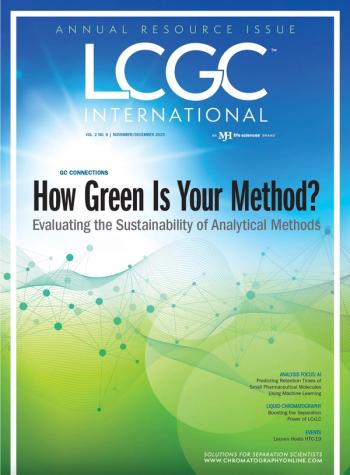
LCGC Europe eNews
- LCGC Europe eNews-11-28-2013
- Volume 0
- Issue 0
Agilent Technologies Target Oral Cancer with New Collaboration
Agilent Technologies (California, USA) is to collaborate with the University of Queensland Centre for Clinical Research (Brisbane, Australia) to further understanding of the genomic differences governing oral cancer. According to the National Center for Biotechnology Information, oral cancer is the sixth most prevalent cancer worldwide.
Agilent Technologies (California, USA) is to collaborate with the University of Queensland Centre for Clinical Research (Brisbane, Australia) to further understanding of the genomic differences governing oral cancer. According to the National Center for Biotechnology Information, oral cancer is the sixth most prevalent cancer worldwide.
Oral potentially malignant lesions (OPMLs) are visibly altered precursors of many oral squamous cell carcinomas (OSCCs), but the reason for the transition is not known. The researchers involved hope to implement next-generation sequencing and data analysis to identify the molecular basis of the transition and therefore open up new targets for therapeutic drugs. Camile Farah, Head of the Oral Oncology Research Programme, said: "Our collaboration and support from Agilent will accelerate our work in this important area of clinical research."
For more information visit:
Articles in this issue
about 12 years ago
Natural Products Research: Is MS Up to the Challenge?Newsletter
Join the global community of analytical scientists who trust LCGC for insights on the latest techniques, trends, and expert solutions in chromatography.



